#vinsia
Photo
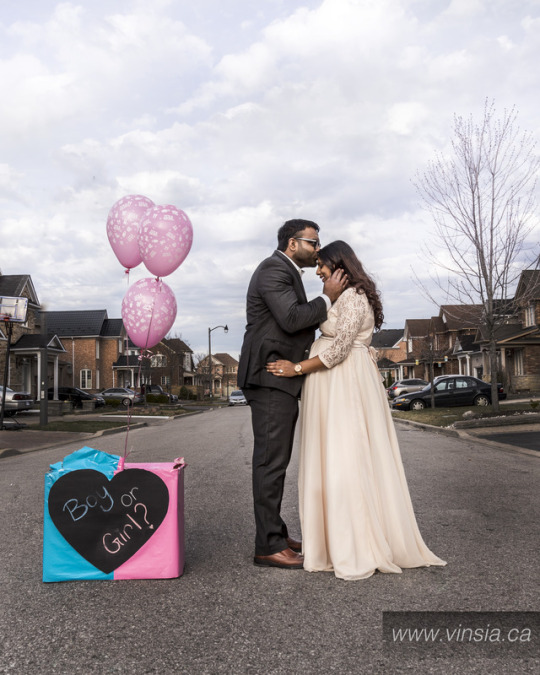
Maternity Announcement shoot
Janeki & Kris & and a lovely baby girl on the way!
#maternity#maternity shoot#announcement shoot#gender reveal#pinterest#baby shower#portrait#couples#eshoot#wedding#love#parents#parenthood#new parents#vinsia#toronto#toronto photographer#melanin#people of color
5 notes
·
View notes
Photo

Photography: Vinsia Maharajah @vinsia @vinsiamaharajah (instagram)
ABHIRAMI (they/them)
I grew up in Scarborough, born and raised in a community that is often viewed by people outside of it as the heart of all things diasporic Tamil.
I was always surrounded by Tamil people through family, friends, during higher education and even throughout my professional life. And in many ways, it has been a privilege to be so connected to my cultural identity, but in many ways it was also a hindrance in my growth as an autonomy seeking being who was coming into a new understanding of myself.
I was quite young when I first felt queer desire. I tried my best to make sense of a truth that was unfolding within me. I tried to ask my elders if there were gay people in Tamil Eelam. They would tell me ‘no - they were shot and killed’ or ‘they were sent away’ or ‘no - only white people do that’.
Not having any facts to back this claim, I ingested what they told me and I carried it through my adolescence. It was clear that cisgender straight people did not have capacity to make space for us. Despite having historical records of our existence predating colonization, the erasure of queer histories was deliberate and in my opinion was also a form of sexual violence - when our sexuality has been queered, made queer and othered and marginalized through a white colonial lens.
I didn't understand what liberation meant if it wasn't liberation for all Tamil people.
Very early on I started asking myself – ‘I'm Tamil, but does this liberation include me?’
Queer Tamil more people are constantly having to ask themselves this exact question.
Where do we fit in the narrative - when so many of us need to erase our queernes to be present in these spaces?
Are we also not worthy of liberation?
What does liberation look like when it comes in many folds and your existence intersects with multiple marginalized identities?
Who are my queer ancestors?
Am I the only queer Tamil person?
What's wrong with me?
Despite all these questions, I kept it to myself because there was no one I could go to for the answers.
There were no books, no resources, support services, family or friends. I did what many queer people do - bury those questions deep inside because we weren't ready for what we would have to face if these questions were asked out loud.
My father left when I was 16 - a man consumed by world of trauma. He departed to take care of himself and although I resented him for so long it was not until very recently in my life that I was able to thank him for the choices he had made.
This rupture in our family structure became an opportunity for me to envision a new future for myself - one that was not strapped to generations of oppressive expectations, but one where there were new possibilities to explore and make sense of something that didn't for so long.
In some sense I felt liberated from the patriarchal vellalar supremacist respectability politics that suffocate and ultimately kill so many of us. This rupture didn't mean I was broken. It meant that I was finally breaking open for the first time.
As I explored this new side of myself, I learned quickly that even in queer spaces something just didn't feel right.
My queer exploration happened in pan South Asian queer spaces. When I was often times one of the only Tamil bodies present in the room, it became clear that this space was also not for me. It was the space occupied mainly by cisgender gay upper caste light skin Hindi speaking men who loved Sri Lanka because of how beautiful and peaceful it was.
It was clear I was not going find my community in those spaces. I constantly found myself having to navigate erasure in some form: eraser in mainstream white queer spaces as a racialized body - erasure of my Tamil identity in South Asian queer spaces - erasure of my queerness in Tamil spaces. All I wanted was somewhere to feel whole.
It took me years to finally find the queer Tamil family I was desperately yearning for my whole life - family that I didn't need to explain the various aspects of my identity to - family that I didn't need to describe the pain and the trauma and the loss too - family that supported my dreams and aspirations no matter how absurd they sounded - family that believed so deeply about possibility.They were my chosen family. In this new family.
I also learned that rainbow capitalism is simply not enough. Although liberal politics will have you feel the Canada is a safe place for queer people - queer Tamil people, and more specifically transgender Tamil people continue to be violently shoved into the fringes of our own community. Living in poverty with limited access limited to no access to housing support employment and food security, transgender young people continue to have to find ways to support themselves.
As vellalar Tamils build koyils and community centers to prove their prosperity, I think about all the Tamil people, specifically queer Tamil people who are left behind not just in the West but on the island also. There's more we need to do to support our community because we're failing many right now.
As I re-enter political spaces, I no longer ask for the consideration for queer and transgender people - I demand it.
We are not after thoughts or off tangent conversations- we are not secondary to that of the cisgender straight community. The analysis of caste, queer and feminist politics has to be integrated into every single aspect of this movement because the personnel is political.
This is a reclamation of space for people who continue to be violently left out as queer people, Muslim people, caste oppressed people, peaceful people, people living with disabilities and generations of trauma.
Although this may not seem possible when we look at the history of this movement. I believe it can be. I believe in the evolution of movements.
I believe a movement is living and breathing and a growing entity.
I believe in growth by means of meaningful integration of analysis that refutes capitalist elitist white supremacists and western imperious ideologies - one that centers the voices of the marginalized - one that has no space for toxicity or bigotry - one that makes narrow-mindedness obsolete - one that abolishes cash and gender-based violence because as Priya Thangarajah would say - If we're going to break the chains we're going to break all the chains.
If it means unravelling everything what we know to build something towards a better future rooted in community and solidarity then it must be done - not just for Tamil people but for all people who are being crushed by these oppressive systems. I'll leave you with a quote by Marsha P. Johnson one of the foremothers of the queer liberation movement in the west and one of my queeroes - There will be no pride for some of us without liberation for all of us.
***
This is a transcript of a speech that Abhirami gave at the Queerness and Tamil Identity webinar hosted by PEARL.
Abhirami’s speech starts at 1.03.30
8 notes
·
View notes
Link
Brown, Queer, Disabled and Modelling
A Nuance writer explores the power and the hardships of modelling at the intersections of gender, ability, and race.
Written by Mari Ramsawakh
Modelling and Styling by Mari Ramsawakh
Photography by Vinsia Maharajah
Growing up, I didn’t even consider modelling as a possible career for me. I’ve always been the smallest person in the room, just barely reaching 4’11”. That is if you measure me at the start of the day before gravity has had its way with my spine. And I was taught that admiring myself or valuing my looks for anything other than other’s approval was for the vain and vapid. Kshyama’s words in her essay A Crucial Message To All Brown Women and Girls rung true for me with upsetting clarity.
In fact, as someone with spina bifida, I had always assumed that anything I did with my life would have as little to do with my body as possible. I was always a writer, a thinker, a dreamer, but I had given up on a physical future a long time ago. My body was supposed to hold me back, not move me forward.


{ first image is model standing with left side body i front of camera. Model is looking in the left direction and standing with cane to the side in front of big glass windows. second image is the modelling lounding on a chair next to a big brown table with their cane to the side of them leaning on the brown table. ]
In fact, it wasn’t until I was digitally introduced to Rachel Romu, a disabled model and singer/songwriter, that I even considered that I had something to offer the modelling industry. Seeing Rachel pose with their cane in high fashion shoots stirred something in me, and the first time I reached out to ask for advice, Rachel expressed nothing but encouragement. But even then, I stood over a foot shorter than Rachel and there weren’t many brown models outside of agency standards.
At the same time, someone whose writing I already admired started to share their own modelling portfolio. Iris Robin is an Asian and openly nonbinary model, who is only mere inches taller than me. I was also seeing models like Cassandra Ava working alongside them, challenging normative beauty standards in a beautiful way. Seeing it possible that height, race, and ability weren’t going to preclude me from success, I decided that I was going to go for it.

[ image is model standing close to camera with head tilted and angled to the left but still staring into the camera. They are in front of two windows, the one on the left is purple see through and the one on the right is see through blue. ]
The first thing that I learned about myself was how much I was made to feel ashamed for even being aware of my body. I hadn’t realized until I started modeling that I had spent most of my life trying to make my body small and unnoticeable. I had been careful not to move my body in certain ways so as not to seem too “into myself” or too sexual. While my style has always been out there, I had always been hiding from judging eyes. There is such a significant difference in how I carry myself in my first shoots to how I carry myself now, and hopefully how I hold myself in the future.
Getting over the idea that my body wasn’t valuable or shameful was just the first step. While my first shoots left me feeling confident and beautiful, stepping into the modelling industry left me struggling with my sense of self and my own body image. I wasn’t just joining in with models like Iris and Rachel and Cassandra, I was also competing against white and abled models. I had spent my whole life learning not to compare myself against tall, white, and abled women but all of that work started to fall apart when I realized I was competing against them and most often losing.
“When I tried to forget about the industry standards and started to carve out a place for myself, I found I was jealous of other models because I wasn’t confident in my own work and I felt like my position was precarious and transient,” Iris wrote in a Twitter thread. “I was worried I would lose my place to them.”
As much as I wanted to believe that I was happy disrupting modeling standards, to be the representation I needed to see, I also realized that I was starting to feel a certain resentment for the same models who had been encouraging me at the start of my journey. Now that I was contacting the same photographers, trying to get into the same castings, I had these conflicting feelings. I wanted to see these models succeed, but I also wanted to succeed too. But there never seems to be enough room for all of us.
“The only way I’m going to get there is by working for myself while also working for other models like me,” Iris wrote further in the thread. “When I succeed, so do they. When they succeed, they’re showing me that I can succeed too. They’ve done it, created their own path that is then mine to follow.”

[ image is model sitting and lounging on a chair with cane out in front of them in the back of the room. The photo is mostly the vertical flooring that stretches in front of the model and is dark with purple lighting. ]
I’ve tried to internalize this attitude, but at the same time, I’ve also taught myself to forgive myself when I slip up. While I still struggle with feelings of envy, I also know that these feelings come from intricate systems rooted in the patriarchy, white supremacy and ableist norms. It’s easy to get caught in a shame spiral when confronting my own problematic thoughts, but shaming myself does nothing to solve the problem. Instead I remind myself that other models — other nonbinary, disabled, and racialized people in general — are not better or worse than I am. We all occupy different intersections and experiences, and we could never take each other’s places.
Modelling may never be one experience for me, never wholly positive or wholly negative. Sometimes I want to give up and let somebody else take the responsibility of “paving the way” for people like me. But at the same time, I now see my body and my identity as not just valuable, but also necessary. And I’ll be damned if I’ll let Eurocentric beauty standards and ableism take that away from me. Modelling has given me a chance to change my narrative.

[ image is modelling standing with two hands up to their sides touching the walls with their head tilted and staring at the camera. ]
The outfit for this shoot was picked purposely, combining Indian design with punk aesthetic. This was important to me to not separate my brownness from my radicalness, something I had always struggled with growing up. I was taught to be a “good brown” child, I had to be traditional, submissive, and obedient. But brown and South Asian people are not one monolithic group. We’re all different and that doesn’t mean we are letting our people down. It means we were allowed room to grow into ourselves.
20 notes
·
View notes
Photo
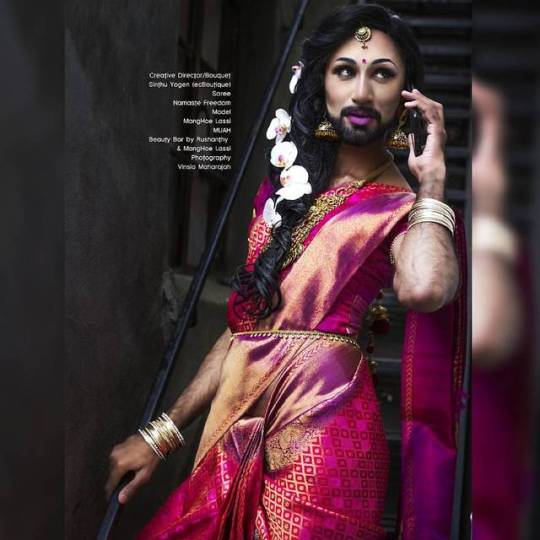
Yun nazar ki baat ki aur dil chura gaye... hum toh samjhe the bud, aap toh dhadkan suna gaye... 🍃🍃🍃 Brb crying cus I felt like a queer Chandarmukhi in this gorgeous kanchipuram saree. 😍💕 | 📷: @vinsia 👗: @namastefreedom 💄: @beautybarbyrushy Direction: @ysinthu • • • • #ManghoeLassi #vinsiaphotography #ecboutique #saree #namastefreedom #desidrag #genderfuck #beard #qpoc #lgbtq #gay #instagay #gayboy #drag #beardeddragqueen #beardeddrag #beardedlady #dragqueen #desi #desidragqueen #makeup #gaytoronto #pridetoronto #werrrk (at Yorkville, Toronto)
#qpoc#drag#werrrk#saree#dragqueen#beardeddrag#desidragqueen#ecboutique#namastefreedom#vinsiaphotography#gay#gayboy#pridetoronto#beard#beardedlady#desidrag#beardeddragqueen#instagay#manghoelassi#makeup#genderfuck#lgbtq#desi#gaytoronto
1 note
·
View note
Text
#SouthAsianArtists take the internet by storm | Entertainment
#SouthAsianArtists take the internet by storm | Entertainment
[ad_1]

From left to right: Works by Vinsia, Anu, Shehzil Malik, Anoosha and Vijay.
The South Asian artists are brewing up a storm on Twitter as they introduce themselves and their work to the world on social media.
The trend started with the aim to support all South Asian artists on the internet.
Fatima shared: “hey!! starting #SouthAsianArtists to support all south asian artists on the…
View On WordPress
0 notes
Text
What to Do When PCOS Is Giving You Chin Hair
Photo illustration: Joel Louzado. Photo: Getty Images.
I was 23, and just waking up to the morning light that poured into my modest bedroom in the eclectic Brooklyn neighbourhood of Williamsburg. I was comfortably curled up in the arms of a boy I’d been smitten with for months. He cradled my face with his palm and our eyes met. “You’re growing a beard,” he told me, without any attempt to mask his horrified tone.
What could have played out as a stroke of cinematic romance quickly became a mortifying episode that would erode my self-esteem for months to come.
I’d been living with polycystic ovarian syndrome (PCOS) for four years at the time, so I was painfully aware of my hirsutism—the trademark symptom of this hormonal disorder, which affects between 6% and 10% of women in Canada. But (unsurprisingly), this embarrassing encounter led me to embark on a whole new series of obsessive experiments with hair removal techniques, including electrolysis, waxing and plucking.
Unfortunately, my efforts didn’t just fail to remove the wiry black hairs that lined my chin—they also left me with semi-permanent scarring. Not only did the hairs continue to grow back, but now I had unsightly red blotches to accompany my persistent stubble, drawing even more attention to everything I was desperately trying to conceal.
The internet failed to warn me that compulsively plucking rogue hairs from my skin would result in post-inflammatory hyperpigmentation—a cluster of unsightly red blotches that occur because of repeated trauma to the epidermis. I didn’t realize what a mess I’d made of my face until I noticed that weeks later, the blotches weren’t going away. I went to a dermatologist, who informed me that post-inflammatory hyperpigmentation can take anywhere from three to 36 months to fade, and only a diligent skincare routine that focuses on skin-cell regeneration would eventually alleviate the damage.
Accelerating cell turnover became the core focus of my skincare routine. I turned to Drunk Elephant’s TLC Glycolic Night Serum, a chemical exfoliant. That… was a mistake. Although it improved my complexion as a whole, stripping the surface of my skin of dead cells and imbuing it with a natural glow, it also irritated my hyperpigmentation.
As it turns out, dermatologists don’t recommend using chemical exfoliants for women with PCOS. Lisa Kellett, a board-certified dermatologist in Toronto, explains that using chemical exfoliants invites the risk of inflammation because of the corrosive interaction between the compounds and the surface layer of your skin. “You want a mechanical exfoliator, not a chemical,” she says. “Chemical exfoliants are harsh. For patients with PCOS, they need to be aware of the vehicle of their products. I would avoid the acids.”
That said, granular mechanical exfoliants can be too abrasive for some women. In these cases, gel-based exfoliants that act as brightening agents are key. “There’s a trick you can use that does double duty. There are some formulations that have a combination of azelaic acid, lactic acid and arbutin,” says Kellett. “Those will do two things: they’ll help the acne, but two, all of those different agents act as lightening agents. It’s a pathway to what we call melanogenesis, which is the synthesis of melanin or brown spots.” This is advice that applies to all skin tones, but its effectiveness does depend on how light or dark your skin tone is.
Dermatologists can mix up a formulation suited to your skin to deal with the nature of your specific case, but there’s never a guarantee to how soon you’ll see results. In Kellett’s experience, hyperpigmentation fades the fastest in Caucasian skin. “It has to do with how long people retain pigment.” For example, she says, “Asian skin is interesting because it looks fair, but it will retain pigment for a longer period of time. It has to do with the resolution of melanin, and how melanin is transferred through the skin.”
I was curious to know how other women coped with PCOS-related hair growth—and the hyperpigmentation that can go with it—so I spoke with two other women who were also experiencing it.
Bridgette, who’s mixed race, knows just how long melanin deposits can take to fade. She has sensitive skin so, like many women of colour who struggle with post-inflammatory hyperpigmentation, she turns to all-natural products. “[I use] a home remedy of matcha, apricot seed oil and rose water that I put on my face in the morning after washing. I break out super easily, so anything with artificial scents, I can’t use,” she says. The matcha reduces the overproduction of sebum that clogs her pores and causes breakouts, while the rose water has a calming effect on the surface of her skin, effectively soothing inflammation.
I also learned about another strategy from Vinsia, who is of Southeast Asian descent: she simply shaves her face to cope with the unwanted hair growth that results from her PCOS. “I use a sharp eyebrow razor to shave my face and neck, and I use coconut oil as a lubricant to avoid any sharp cuts. Makeup sits better, and the exfoliating effect of the sharp razor has helped improve the hyperpigmentation,” she explains.
Shaving can be an effective alternative because it prevents your skin from the trauma of pulling up the hair shaft, but it’s not a perfect solution. “The problem is that the more trauma you cause the pallecevacious unit—which is the follicle—the more likely you will have hyperpigmentation,” Kellett says. “Electrolysis, waxing, tweezing, plucking—those are all pretty traumatizing. Laser hair reduction is your best option.”
Living with the symptoms of polycystic ovarian syndrome made me painfully self-conscious. I was deeply embarrassed by my hirsutism—especially since I was ridiculed for it in such a vulnerable circumstance. That said, my experience with PCOS has inspired me to immerse myself in skincare. Understanding how products interact with your skin not only prevents allergic reactions and subsequent scarring down the road, but paves an early foundation for a lifetime of healthy and well-maintained skin.
More importantly, though, I’ve realized that natural imperfections are the details that distinguish your beauty, despite how difficult those quirks occasionally are to embrace. Bodies do strange things sometimes—but those who callously criticize you for things outside of your control are the root of the problem, not your unwanted hair growth.
Related:
Is Skincare Just A Big Scam To Make Women Feel Insecure?
Let’s Get to the Bottom of the “Right” Way to Apply Your Skincare
This Skincare Trend Might Be the Most Luxurious Thing Ever
The post What to Do When PCOS Is Giving You Chin Hair appeared first on Flare.
What to Do When PCOS Is Giving You Chin Hair published first on https://wholesalescarvescity.tumblr.com/
0 notes
Photo

Starting your week off with a lil inspo 👸🏽 Loving this poem by @vinsia 💞
0 notes
Photo




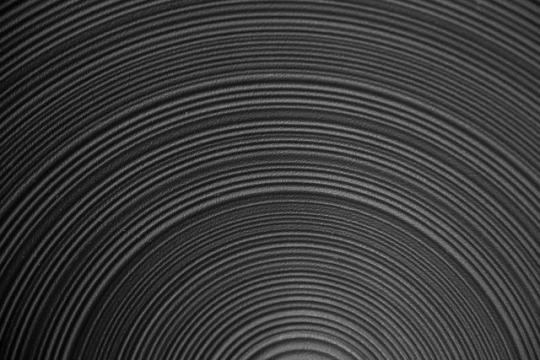
L I N E A R : exploring organic and man-made lines.
Copyright - Vinsia Maharajah. All Rights Reserved.
#vinsia#linear#design#visual arts#black and white photography#black and white#bnw#bnw captures#bnw society#photographers#toronto photographers#photographers of toronto#tamil#indian#grain#film grain
4 notes
·
View notes
Photo

Aga Khan Museum | Toronto, Canada
Shot by : Vinsia Maharajah
IG - vinsia
All Rights Reserved.
#aga khan#aga khan museum#museum#art#islamic art#islamic architecture#architecture#architectural photography#photography#blackandwhite#black and white photography#bnw photography#composite image#photographers#nighttime photography#tamil#vinsia
2 notes
·
View notes
Photo

January 2016, my first shoot with a Canon EOS 6D.
Model, Styling - Sureka
Photographer, Makeup, Hairstyling - Vinsia Maharajah
Concept - Fashion fusion ; South Asian jewellery paired with North American fabrics. All rights reserved. This image must be credited, if reposted, and it may not be altered in any way shape or form.
#tamil#indian#south indian#tamil nadu#toronto#fusion#fusion photoshoot#photography#vinsia#thevisualmaven#leather#fashioninspo#softbox
0 notes
Photo
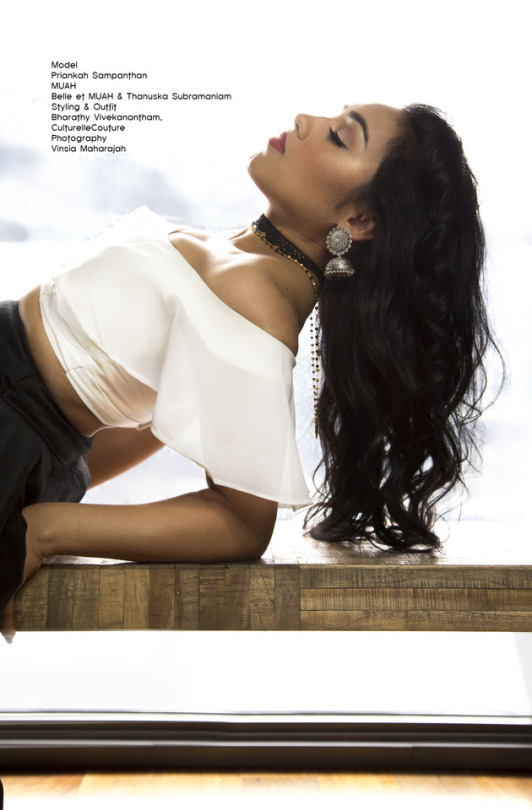
Bella | Culturelle Couture
Model - Priankah S.
MUAH - Belle et MUAH & Thanuska S.
Outfit & Styling - Bharathy V., Culturelle Couture
Photography - Vinsia Maharajah
All Rights Reserved.
#fashion#model#instagram#indian fashion#saree blouse#lehenga#full skirt#magazine#boutique#indian#south indian#indian actress#dancer#indian fashion inspo#indian fashion designer#south asian fashion designer#silver earrings#jhumkas#photographer#toronto#toronto fashion designer#contemporary indian fashion#modern style#fushion look#snow white#belle#beauty and the beast
78 notes
·
View notes
Photo

S A L A N G A I (ANKLETS) | Looking at Dance as Art
Model - Laxna P.
Photography - Vinsia Maharajah
Video - https://vimeo.com/184358070
All Rights Reserved. Please keep the caption when reposting
Instagram - vinsia
#bharathanatyam#bharatnatyam#south asian#classical dance#indian#south indian#tamil nadu#toronto#anklets#salangai#moodygrams#indian classical dance#indian photography#tamil photography#tamil photographer#creative photography
41 notes
·
View notes
Photo

Culturelle Couture | Editorial.
Model, Makeup & Hair - Thanuska S.
Outfit & Styling - Bharathy V.
Photography - Vinsia Maharajah
All Rights Reserved.
#editorial#fashion photography#browngirls#fashion inspiration#melanin#melanin queen#models#female models#female photographer#girls rule#south indian#south asian#culturelle couture#fashion designer#fashion design#seamstress#tamil#tamilculture#indian culture#indian fusion#indian inspired#fitspo#modelling#modellife#photoshoot#photographer#toronto#canadian
21 notes
·
View notes
Photo
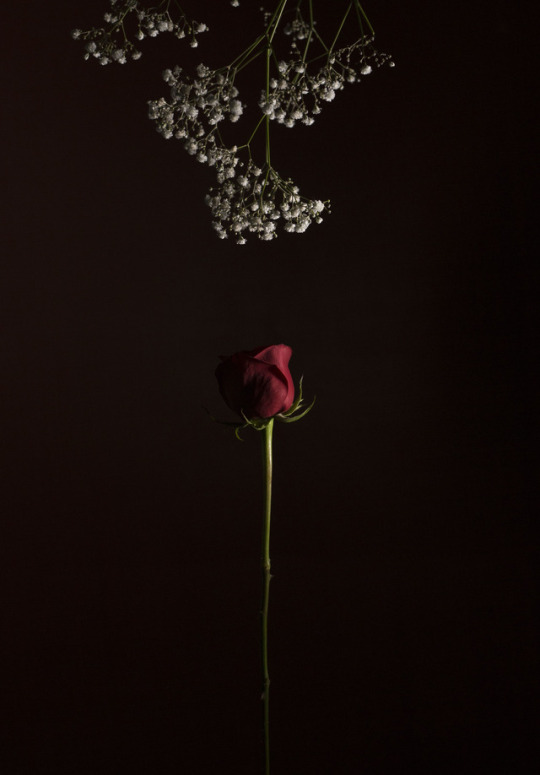
V’s Valentine.
Photography - Vinsia Maharajah
All Rights Reserved. Image may NOT be used without my written consent. Caption may not be deleted when reposting.
#abstract#valentines day#rose#red rose#valentine#love#romance#baby's breath#flowers#floral#moodygrams#creative photography#toronto#toronto photographer#south asian#tamil#women of color#women of colour#female photography
6 notes
·
View notes
Photo
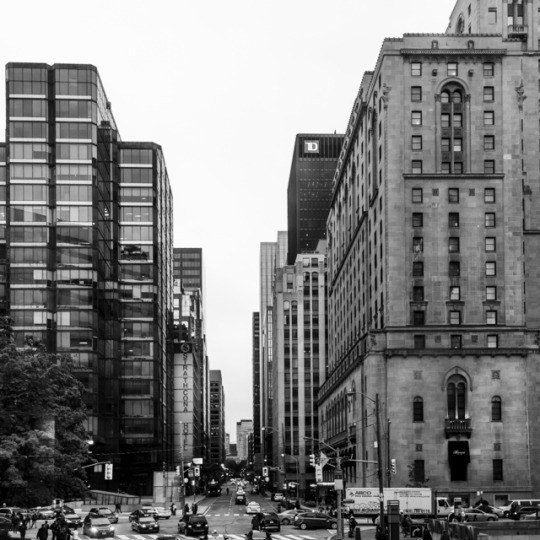
U N I O N | Downtown Street Photography
Shot by - Vinsia Maharajah
All Rights Reserved.
#toronto#union station#black and white#street photography#urban photography#streetphotography#streetphoto_bw#urbanphotography#bnw_planet#bnw_life#bnw_captures#blackandwhite#film photography#sharp contrast#style#modern#architecture#architecture photography
2 notes
·
View notes
Photo
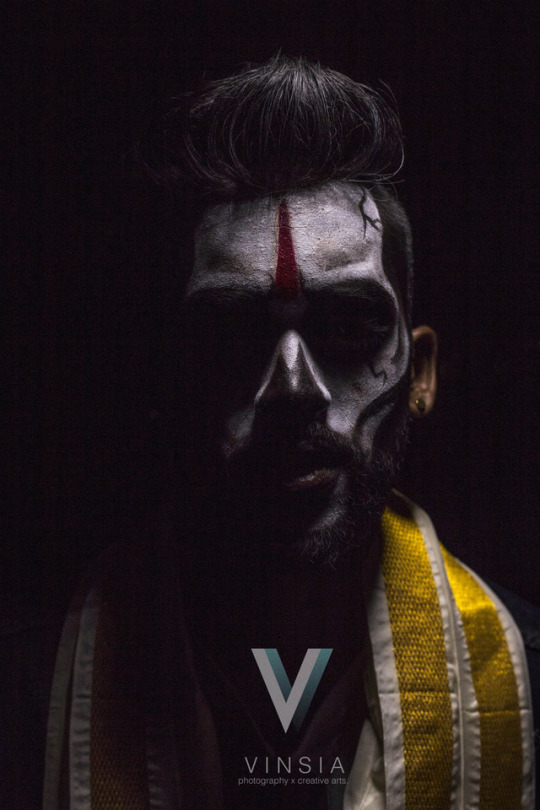
DRAVIDIA DON | South Indian (Dhanush) Inspired Halloween Look.
Model - Senduran B.
Makeup & Photography - Vinsia Maharajah
Assisted by - Gowsika P., Krissan K., Vithurshan M.,
Buzzfeed article - https://www.buzzfeed.com/vinsia/canadas-clown-slayer-dravidia-don-2nrxs
All Rights Reserved.
#Dravidia Don#Don#Dhanush#Dhanush fans#Rowdy#South Indian#Tamil nadu#buzzfeedindia#indianculture#tamilculture#southindianstyle#retro#vintage#moodygram#bodypainting#tamil#makeupartist#Tamil actors#kollywood#creativephotography#creatives#toronto#the6ix
2 notes
·
View notes